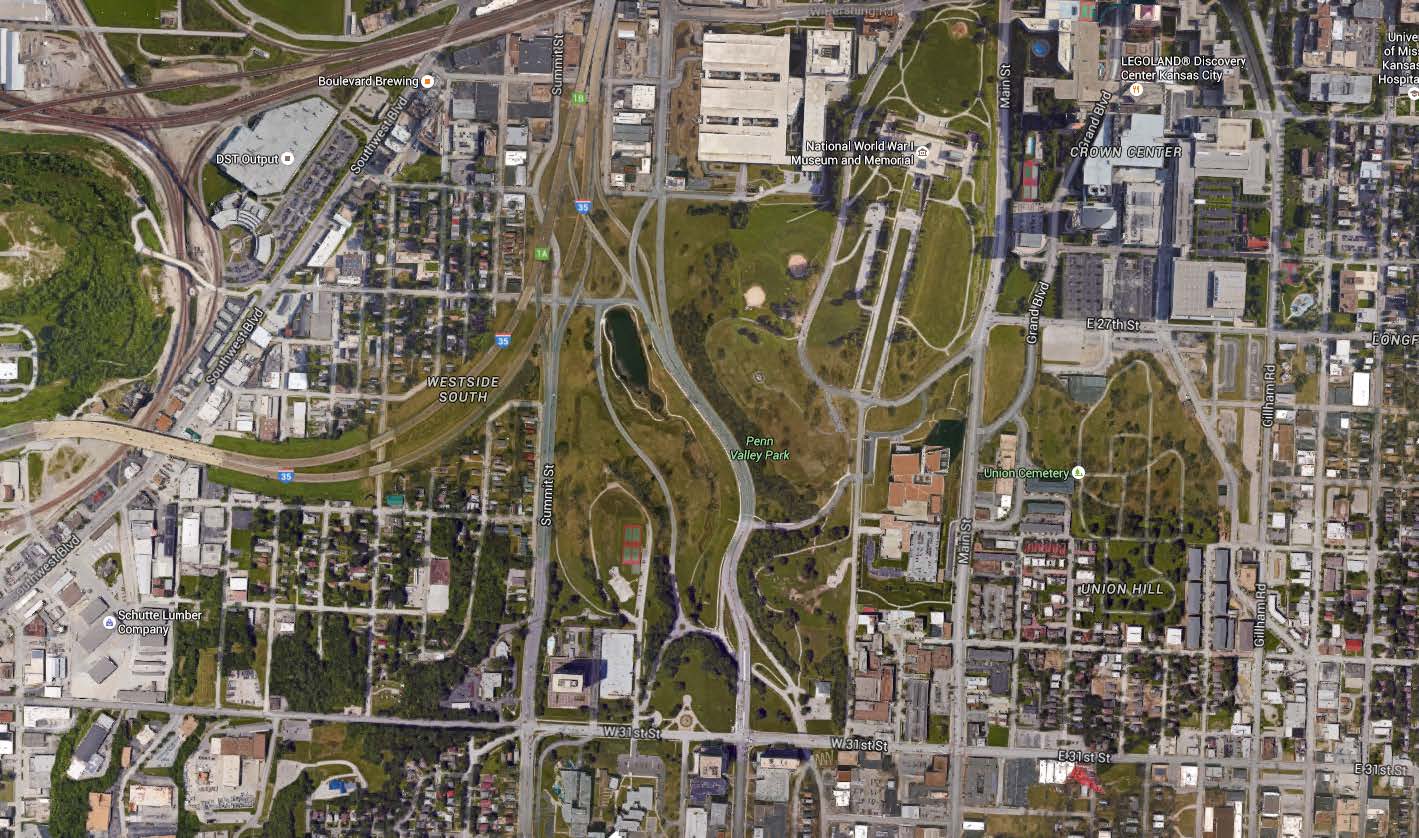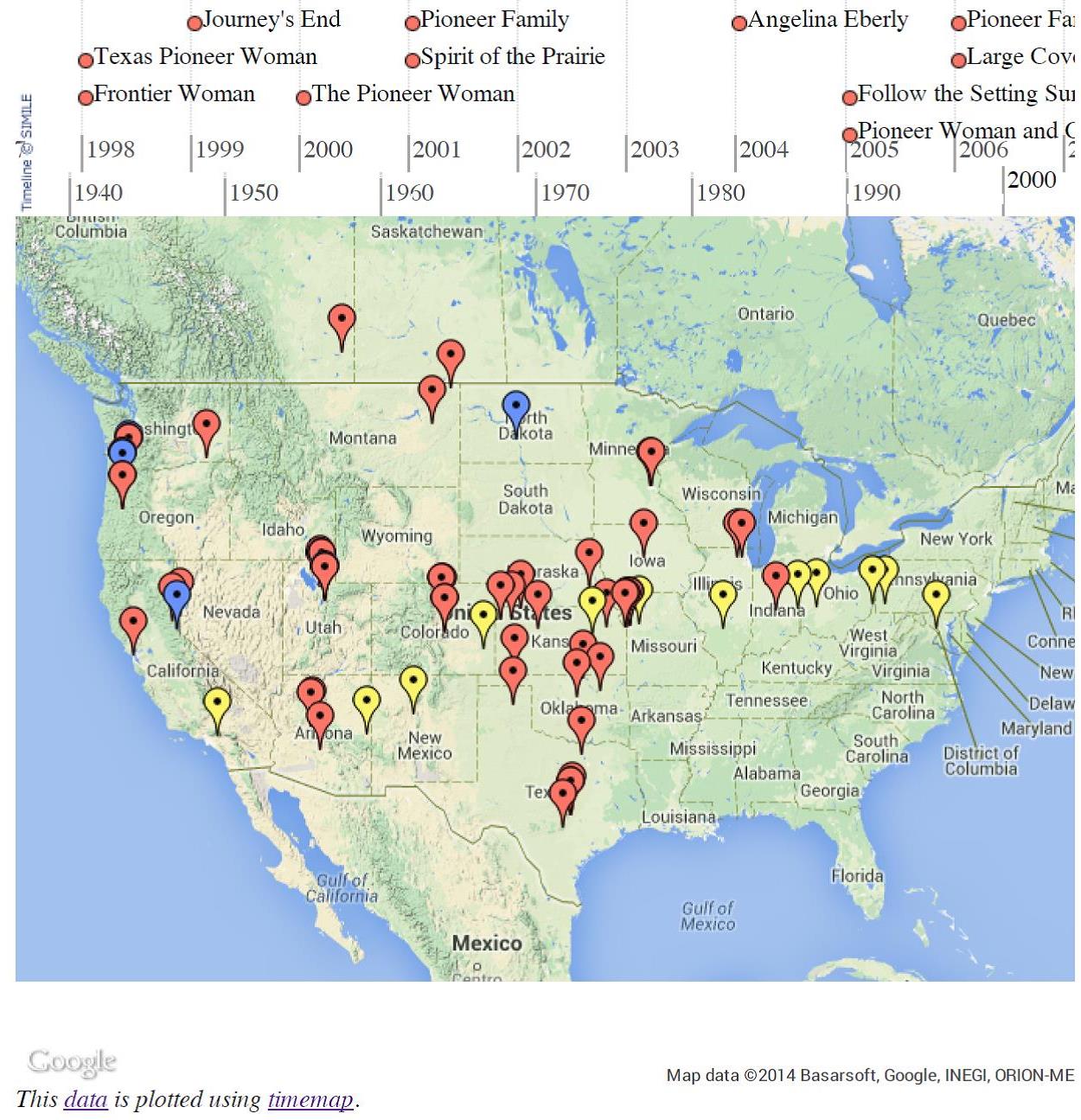How the Digital Revolution is Transforming Historical Research
Cynthia Prescott, University of North Dakota
There’s lots of talk these days about how the Digital Revolution is transforming our world. Digital technology is transforming the way that we do business (think globalization, outsourcing, and e-commerce) and the way that we communicate (think mobile phones and social media). Educators celebrate or lament the learning methods of the first generation of “digital natives,” and that online education is transforming higher education, particularly for non-traditional students. But surely the Digital Revolution has little impact on the craft of historical research?
In some ways, historical research remains unchanged by the Digital Revolution. Historians still spend days, weeks, and months pouring over dusty documents in obscure archives. But digital technology is making inroads into the analog world of archives. Online finding aids enable researchers to identify potentially useful research materials far more efficiently and effectively. While effective cataloging still requires the work of a trained librarian, the internet makes these materials widely available (and in many cases just a Google search away).
Many archives now permit researchers to photograph archival collections for reference purposes, so that they can more quickly gather promising materials and read them at their convenience – saving the researcher time, travel and photocopying expenses; saving the archive’s staff time spent photocopying; and sparing the collections from damage caused by photocopying.
Going a step further, many archives are now making full text and/or high-quality scans of their collections available online. Some digital collections are free (for example, check out the Library of Congress’ American Memory site), while others require a modest subscription charge (such as newspapers.com and ancestry.com). Many of these enable researchers to keyword search the full text of primary documents.
My current research project has been transformed by these and other digital technologies. When I began researching pioneer monuments some fifteen years ago, I was able to identify about a dozen statues erected to early white settlers in the American West, all of which were produced by prominent artists and featured in art history books. But the Smithsonian’s online art inventory led me to a couple dozen more. And I was able to identify many more obscure monuments using broad Google searches, which turned up everything from elementary students’ class websites about local history to tourist snapshots shared on waymarking.com and Flickr. To date, thanks to online research and crowdsourcing, I have identified 110 pioneer-themed monuments located across the United States that were erected since 1890.
 Google tools have proved invaluable to me in physically locating these monuments as well. While a basic Google search can reveal the existence of a particular monument, locating that monument within a 175-acre park can be challenging. This is particularly true when that community has allowed it to become overgrown and forgotten. Much like an online finding aid enables me to pinpoint the archival documents that I need to access, using Google satellite and street-level imagery enables me to determine the precise location of a statue that I wish to study.
Google tools have proved invaluable to me in physically locating these monuments as well. While a basic Google search can reveal the existence of a particular monument, locating that monument within a 175-acre park can be challenging. This is particularly true when that community has allowed it to become overgrown and forgotten. Much like an online finding aid enables me to pinpoint the archival documents that I need to access, using Google satellite and street-level imagery enables me to determine the precise location of a statue that I wish to study.
 My pioneer monuments project is also going digital in another sense. I am developing a website to accompany my book where readers and the interested public will be able to read about and view (or link to) images of all 110 monuments. And I am collaborating with a skilled programmer to develop – using Google technology – an interactive map that shows the erection of those monuments over time and space, and can be searched by artist, subject or time period.
My pioneer monuments project is also going digital in another sense. I am developing a website to accompany my book where readers and the interested public will be able to read about and view (or link to) images of all 110 monuments. And I am collaborating with a skilled programmer to develop – using Google technology – an interactive map that shows the erection of those monuments over time and space, and can be searched by artist, subject or time period.
How is digital technology transforming your research?

just referred here from http://www.ohio.edu
interesting work. i also come with the idea to teach my student wit web tech facility and publish in app store or play store, but lack of programming google services technology ;-(
Pingback: Friday Varia and Quick Hits | The Archaeology of the Mediterranean World
Pingback: Something Old, Something New: Merging Historical Research with Modern Concepts of Sharing | Rural Women's Studies
Pingback: Challenging Pioneer Memory | Rural Women's Studies
Pingback: Cowgirls and the Discourses of Patriarchy and Feminism in Country/Western Music | Rural Women's Studies
Pingback: The Past, Present and Future of Rural Women’s Studies | Rural Women's Studies